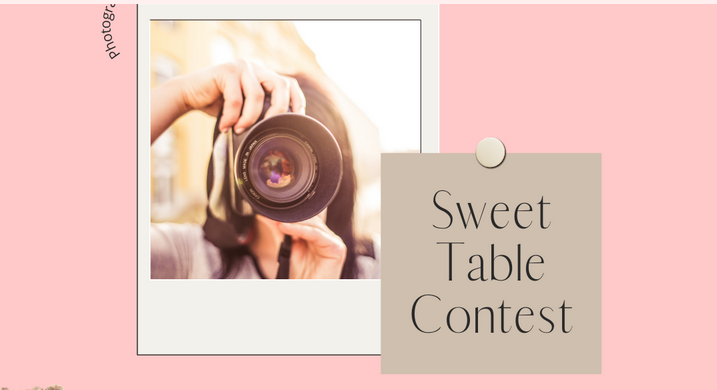
Food photography tips are important to obtain the best results in your pictures. If you do not have any idea on how to deal with or manage your props, there's no point in practicing as you might end up damaging it. Also, you ought to be ready with the right colors, lighting and background to create the mood of one's pictures. Every one of these elements will greatly affect your food photography.
When you are performing a food photography shoot, keep your camera handy at all times. A few of the props may break or fall on the ground so you'll want something to put on them with. A simple but practical accessory is a silver tray. It will keep your silverware from getting misplaced or lost.
During your food photography shoot, try to utilize the maximum amount of natural light as possible. Natural light helps produce probably the most vibrant colors of one's food. Attempt to take your pictures in natural light when possible in place of using studio lights. Also, make sure that the windows of your room allow good natural light to enter your room.
When lighting your food photos, choose natural light instead of using artificial lights. Natural light enables you to see more clearly into your shot. Also, don't forget to improve the props employed for your pictures. Changing the colors of the props and even changing the skin colors of the main subject can dramatically change the entire appearance of the photo. Make sure that your props and foods do not contrast each other as well.
When it comes to lighting, you've two main options: natural or artificial lighting. Artificial lighting is great for those who are attempting to create the effect of an outdoor, natural setting. However, using this kind of lighting can create a dreary, clinical look. Natural lighting is much better for people who want their food photography to check softer and more relaxed. Food photos which are done outdoors are much simpler to do with natural lighting techniques. So if you're looking to find out more about lighting for food photography, keep reading.
When taking photographs of food, you need to ensure that you don't use your main subject too much. By using backgrounds that hide your primary subject, you'll dilute the importance of your main subject. Also, ensure that you complete the negative space with the addition of in extra objects around your main subject that will counteract the blandness of the background.
For more details check out Sweet Table Contest.
No comments:
Post a Comment